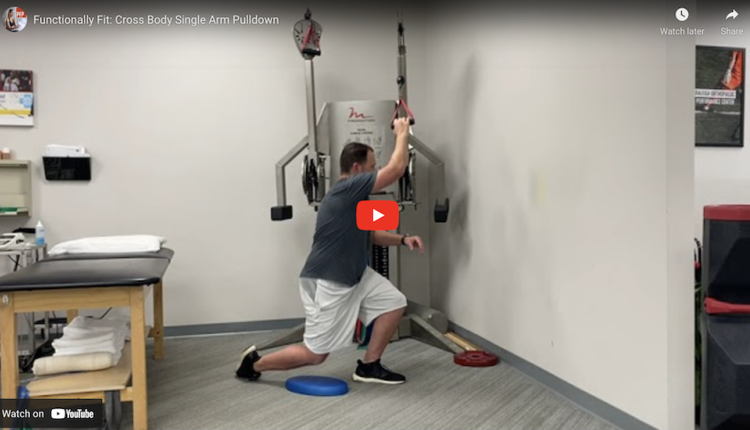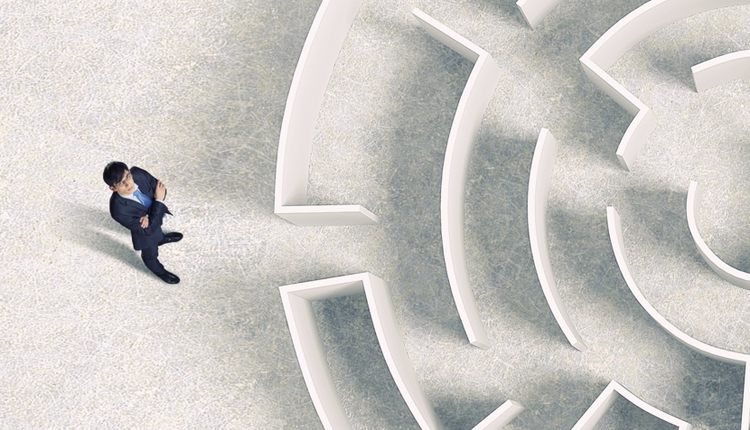Balance starts to decline beginning in the third decade of life. Pain, injury, surgery and muscle imbalances can further diminish balance.

This exercise aims to improve lower body strength and balance.

Execution:
Begin holding a kettlebell in the right hand and balancing on the left leg in a partial squat position (probably somewhere between 60-75 degrees). The knee on the stance leg should point forward at twelve o’clock the entire time.
Once a stable position is attained, now slowly pass the kettlebell in a clockwise circular motion around the knee. Perform for reps or a desired time. Next, rest as needed and switch directions to perform counter-clockwise circles. Repeat for 2-3 sets each direction.
Note: select a lighter kettlebell at first to ensure proper form and minimize loss of balance. Experiment with the pace of the circles to achieve the proper amount of challenge and stability.
Progressions:
1. Increase repetitions or time under tension
2. Increase weight
Regressions:
1. Perform a side-to-side kettlebell pass in front of the knee
2. Perform the kettlebell circles in a split-stance position with the majority of the weight on the front foot, while the heel of the rear foot remains elevated
Application:
This exercise series will improve muscular strength and endurance through time under tension in a single leg squat. Additionally, it introduces a unique balance challenge forcing the ankle, knee and hip to maintain stability in the transverse plane as the kettlebell overs in a circular motion around the knee. The movement can be used for clients looking to improve overall strength and proprioception in the lower limb, but it also is effective for injury prevention and rehab programs. Keep in mind the goal is to avoid excessive pronation and valgus collapse, so using a mirror and/or providing tactile feedback/cues will help optimize form.




















